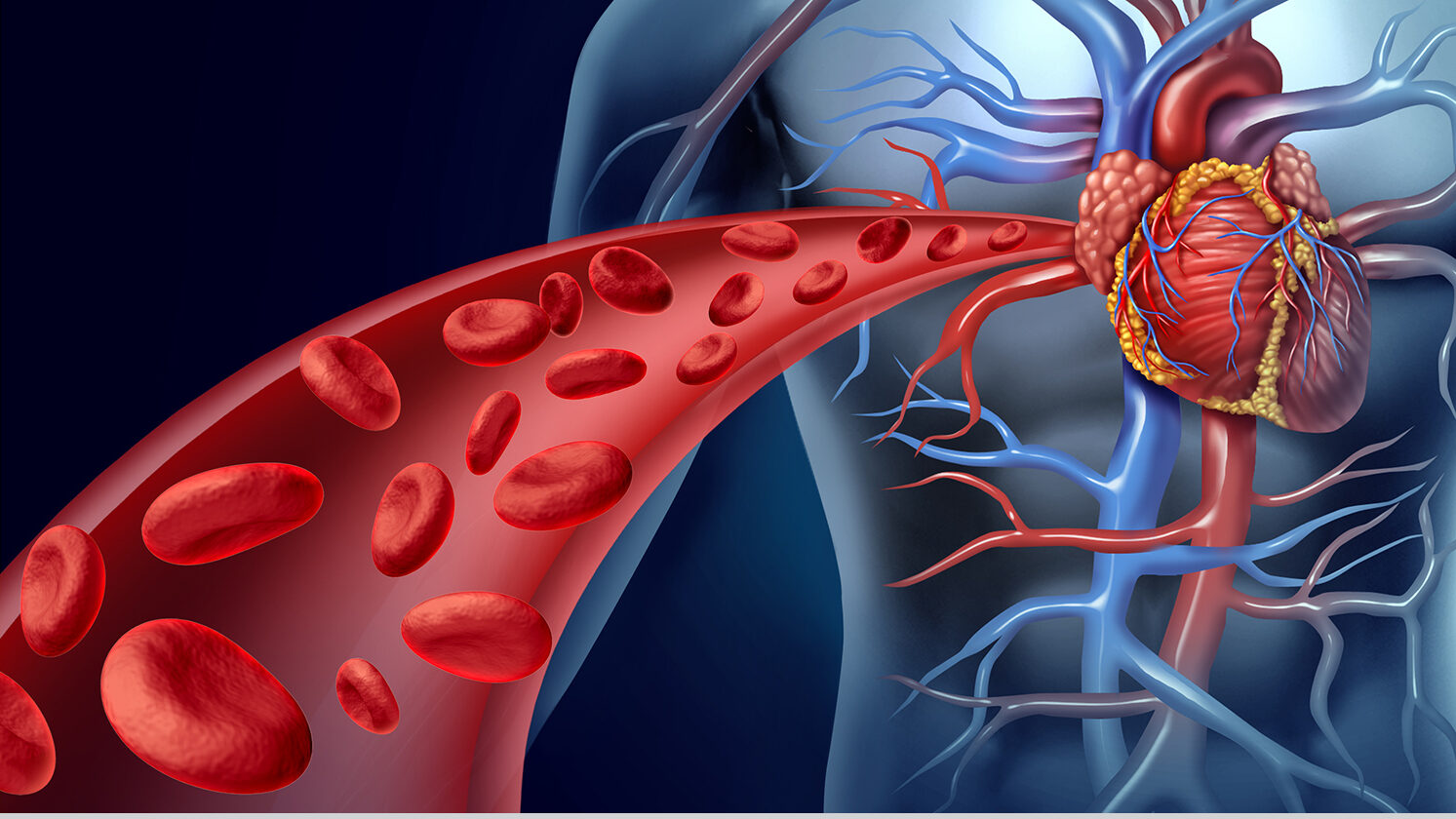
Shaolie S. Hossain, PhD, is an Assistant Investigator at The Texas Heart Institute (THI) and an Associate Research Professor at the Institute for Computational Engineering and Sciences (ICES) of the University of Texas at Austin (UT-Austin). She received her Masters and PhD in Mechanical Engineering from Stanford University and UT-Austin, respectively, specializing in Computational Fluid Dynamics and Nanomedicine.
Show full bioDr. Hossain spearheads a joint initiative between THI and ICES to detect and potentially treat rupture-prone vulnerable plaques and to prevent heart attacks through targeted delivery of nanomedicine. Her research interests include patient-specific modeling, cardiovascular biomechanics and drug delivery.
Texas Heart Institute Positions
- Assistant Investigator, Molecular Cardiology Research
Education
-
Undergraduate:
Bangladesh University of Engineering and Technology
-
Medical School:
Stanford University
-
Fellowships:
University of Texas at Austin
Academic & Clinical Affiliations
Honors, Awards and Memberships
Publications
Recent News

The Texas Heart Institute Research Symposium 2022: A Day to Celebrate Innovation, Collaboration, and Translation
During its annual day-long Research Symposium on October 20, 2022, The Texas Heart Institute community came together in the Denton...

Texas Heart Institute Shines at the Annual AHA Scientific Meeting
The American Heart Association Scientific Sessions were held in Philadelphia, Pennsylvania November 16-18 to showcase the latest cutting-edge science and education...

Texas Heart Institute research scientist receives grant to help kids at risk for Moyamoya Disease
Texas Heart Institute (THI) Senior Research Scientist Shaolie S. Hossain, PhD, received a prestigious NIH grant to build prediction models...


